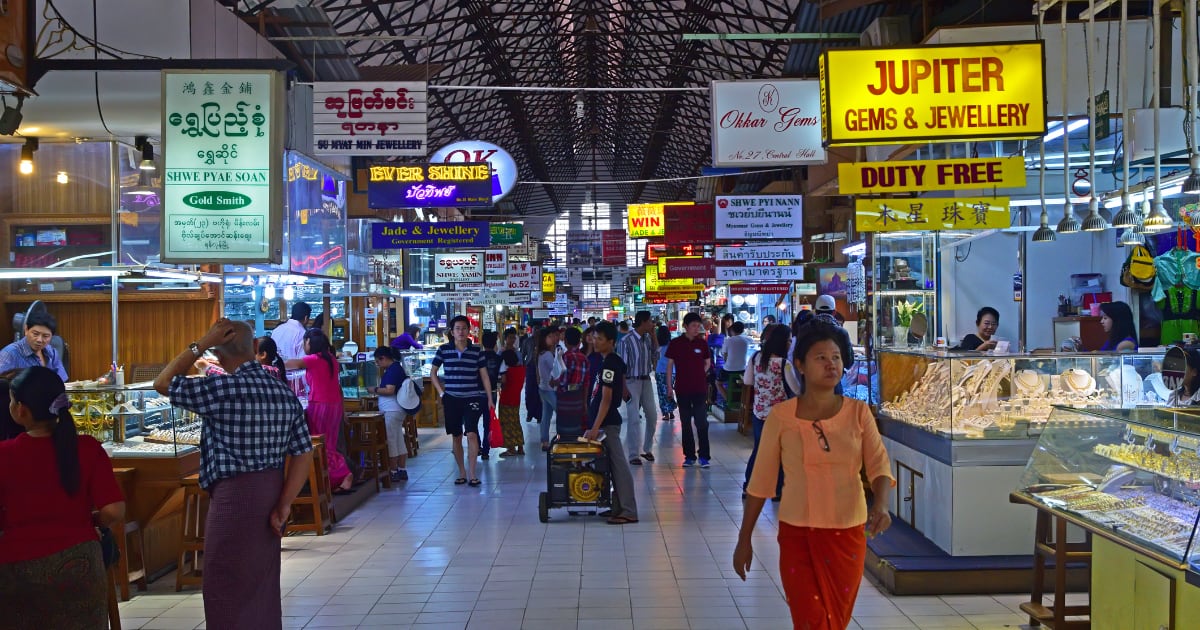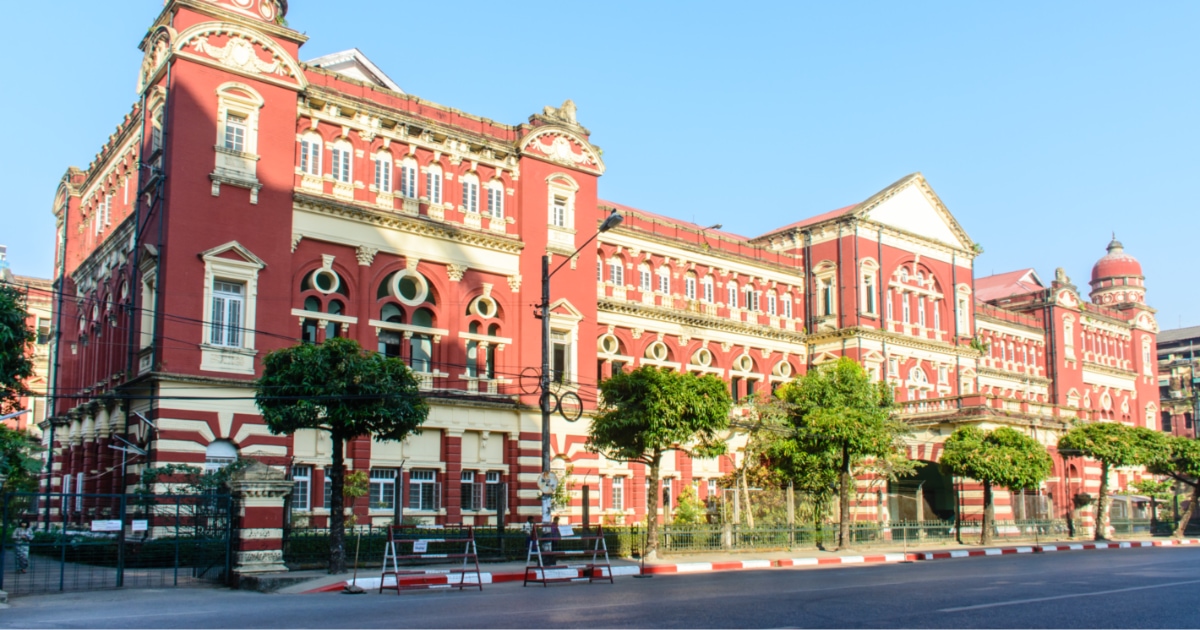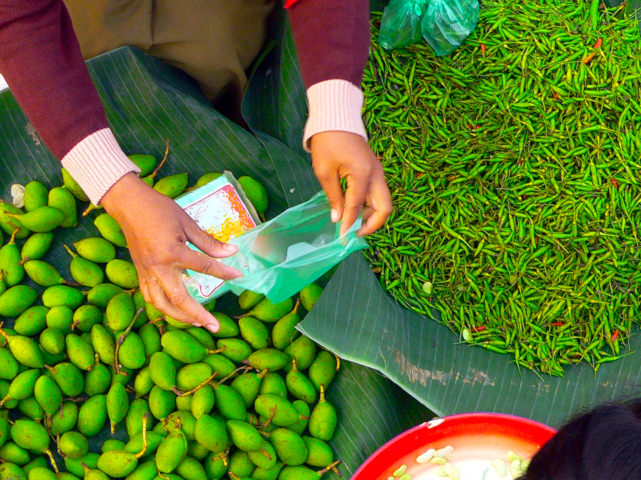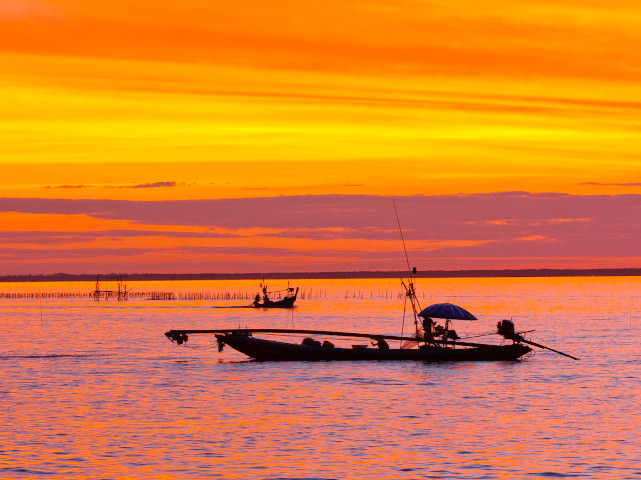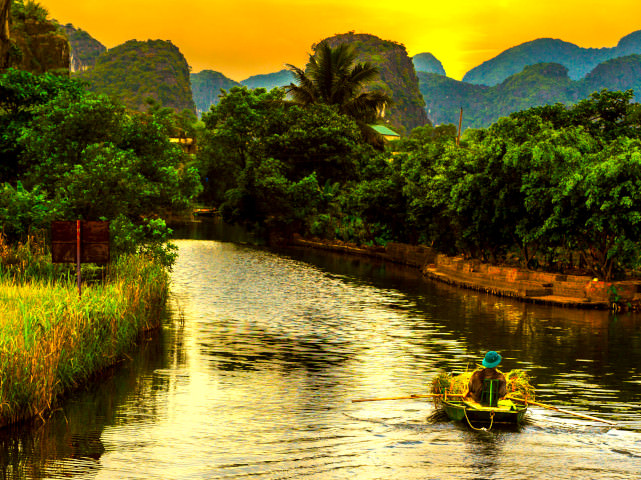There can be little doubt that the hotels and tourism will play a key role in Myanmar’s future economic development. Myanmar possesses 2,823 km of largely untouched coastline, and is home to a myriad of cultural and historical attractions. The country stretches from the foothills of the Himalayas to just north of Phuket and has the potential to become a leading holiday destination in South East Asia. Bagan, Mandalay and Inle Lake are already hugely popular Myanmar tourist attractions, whereas the western coastline and the Myeik Archipelago in the south – home to some eight-hundred remote islands – are yet to be explored. There are also opportunities in heritage redevelopment, especially in Yangon where many of the city’s colonial buildings are in need of restoration. In July 2019, Bagan the ancient city with over 3500 religious structures was remarked as UNESCO World Heritage site.
The McKinsey Global Institute has estimated that tourism contributed approximately USD$600 million to Myanmar’s GDP in 2010 but that by the year 2030 this figure could be as high as USD14.1 billion. According to government of Myanmar tourism statistics, tourism receipts grew from USD$165 million in 2008 to USD$534 in 2012.
Governing Laws | Hotel and Tourism Sector
Despite there were some regulations specified for hotel category and rating in 2011, these all regulations are not valid beginning from the enforcement of Myanmar Tourism Law (2018). The new Myanmar Tourism Law (2018) was enacted on 17 September 2018, by repealing the outdated Myanmar Hotel and Tourism Law (1993). As a new legislation for the sector, the Myanmar Tourism Rules (2020) has recently been released with the approval of the Union Government on 17 November 2020. A number of other pieces of legislation including Myanmar Tourism Law (2018) apply to hotel and tourism sector are –
- Directives for Coastal Area (2018),
- Directives for Coastal Beach Areas,
- Directives for Guest House Licence Holders (2019),
- Directives for Hotel Licence Holders (2019),
- Directives for Regional Tour Guide Licence Holders (2019),
- Directives for Tour Company Licence Holders (2019),
- Directives for Tour Guide Licence Holders (2019),
- Myanmar Tourism Law (2018),
- Myanmar Tourism Rules (2020)
- Notification to Prescribing Licence Fee, Renewal Licence Fee, Fine and Service Fee (2019),
- Order relating to Hotel Licence (2019),
- Order relating to Guest House Licence (2019),
- Order relating to Prior Permission for Hotel Construction (2019),
- Order relating to Tour Licence (2019),
- Order relating to Tour Guide Licence (2019),
- Procedures relating to the Myanmar Tourism Law (1990), and
- Rules relating to Outbound Tour
Myanmar Tourism Master Plan
The government has outlined its vision for development in its Myanmar Tourism Master Plan 2013-2020. The report outlines how the government intends to leverage the tourism and hospitality sector to create employment and provide business opportunities for the people of Myanmar. When implementing its Master Plan, the government will emphasize certain core values and objectives, including, gender equality, environmental sustainability, partnerships, innovative financing, regional cooperation, access for the disabled, and community consultation and participation. The Master Plan identifies for more projects and Myanmar will also benefit from ASEAN coordinated strategic tourist plans.
Foreign Investment Flow
According to the figures released by Ministry of Hotels and Tourism (MOHT), there are completed 33 foreign investment projects amounted at US$1751.772 million in hotels and commercial complexes. Moreover, there are 27 foreign investment projects amounted at US$1722.5345 million permitted by Myanmar Investment Commission.
According to the Directorate of Hotels and Tourism (the Myanmar Tourist Board), there are currently 1,984 hotels, motels and guest houses in Myanmar with a combined total of 79,855 rooms. A number of eleven projects with some 4,621 additional hotel rooms are currently under construction. Investment in hotels and tourism in Myanmar is likely to continue to account for a large percentage of overall foreign investment in Myanmar.
Myanmar Tourism Bank
Myanmar Tourism Bank (MTB) is one of the specific banks granted a banking license from the Central Bank of Myanmar (CBM) started from 2018. The first branch of Myanmar Tourism Bank dedicated for supporting hotel and tourism sector was opened in Yangon in May 2019, to encourage more investment and provide access to credit for small entrepreneurs. Branches in Mandalay and Naypyidaw are currently in operation and it is also expected to open further branches in the future. The bank focuses on providing low-cost and long-term loans to the sector, particularly for small and medium enterprises. The CBM also amended collateral restrictions to stimulate investment by small entrepreneurs in February 2019. The launch of MTB and easing of collateral requirements come at a time when the sector is outpaced by other industries.[1] According to government of Myanmar tourism statistics, tourism receipts grew from USD$ 1969 million in 2017 to USD$ 2818.753 million in 2019. Myanmar experienced a huge increase in Chinese and Thai visitors in 2019, and 24% of more Italians due to a new direct charter flight route. New initiatives are in place to attract Western tourists, such as relaxed visa restrictions.



